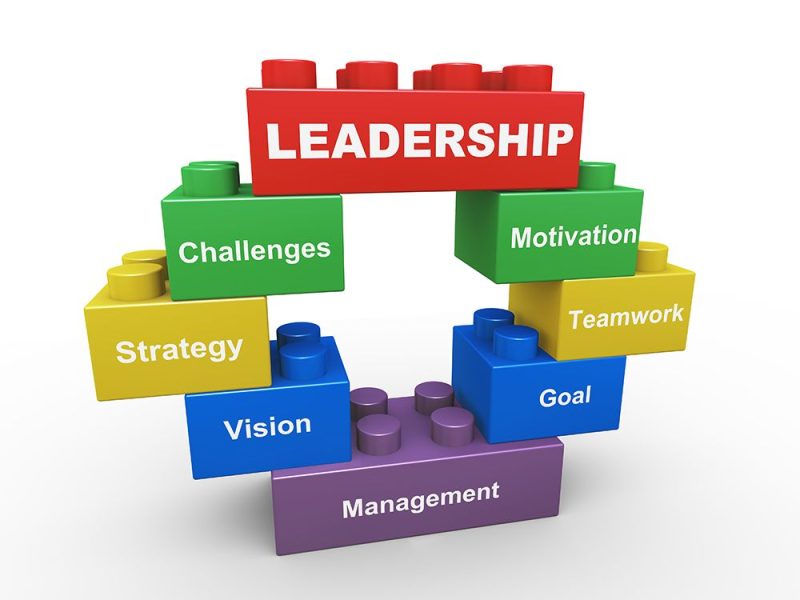In today’s digital age, children are growing up immersed in technology like never before. With the internet at their fingertips, it is crucial that students are equipped with the knowledge and skills to navigate the online world safely and responsibly. Digital citizenship education teaches students how to use technology effectively, ethically, and responsibly.
What is Digital Citizenship?
Digital citizenship encompasses a wide range of knowledge and skills that students need to thrive in the digital world. This includes understanding how to protect their personal information, navigate online content, communicate respectfully online, and engage with technology in a positive and productive way. By teaching students these skills, educators can help them become responsible digital citizens who contribute positively to the online community.
The 9 Elements of Digital Citizenship
There are nine key elements of digital citizenship that educators should focus on when teaching students about navigating the online world:
1. Digital Access: Ensuring that all students have access to technology and the internet.
2. Digital Commerce: Understanding how to safely and responsibly engage in online transactions.
3. Digital Communication: Learning how to communicate effectively and respectfully online.
4. Digital Literacy: Developing the skills to evaluate online information and resources critically.
5. Digital Etiquette: Understanding how to behave appropriately and respectfully in online spaces.
6. Digital Law: Learning about laws and regulations related to technology and online behavior.
7. Digital Rights and Responsibilities: Understanding the rights and responsibilities that come with using technology.
8. Digital Health and Wellness: Maintaining a healthy balance between online and offline activities.
9. Digital Security: Protecting personal information and staying safe online.
Best Practices for Teaching Digital Citizenship
When teaching digital citizenship, educators should use a combination of classroom instruction, hands-on activities, and real-world examples to help students understand the importance of responsible online behavior. Here are some best practices for teaching digital citizenship:
1. Start Early: Introduce digital citizenship concepts to students at a young age so they can develop good habits early on.
2. Use Real-Life Examples: Show students real-world examples of both positive and negative online behavior to help them understand the impact of their actions.
3. Encourage Critical Thinking: Teach students how to evaluate online information critically and think before they click.
4. Foster Collaboration: Create opportunities for students to collaborate and communicate with their peers in online spaces.
5. Stay Up to Date: Technology and online platforms are constantly evolving, so make sure to stay up to date on the latest trends and challenges in the online world.
Incorporating Digital Citizenship into the Curriculum
Digital citizenship education should be integrated into the curriculum across all subject areas to ensure that students receive a comprehensive education in navigating the online world. By incorporating digital citizenship into lessons on language arts, social studies, science, and more, educators can help students develop the skills they need to be responsible digital citizens.
In conclusion, digital citizenship education is essential for preparing students to navigate the online world safely and responsibly. By teaching students the nine elements of digital citizenship and incorporating best practices for teaching digital citizenship into the curriculum, educators can help students develop the knowledge and skills they need to thrive in the digital age.


